OPEN ASSEMBLY
Experiments in Aesthetics and Politics



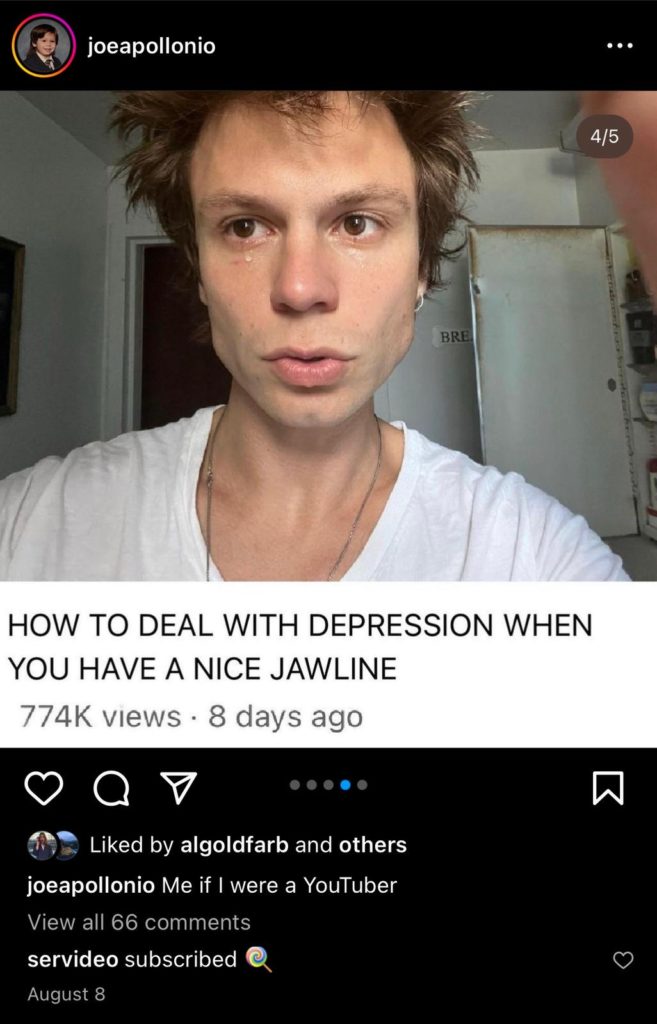




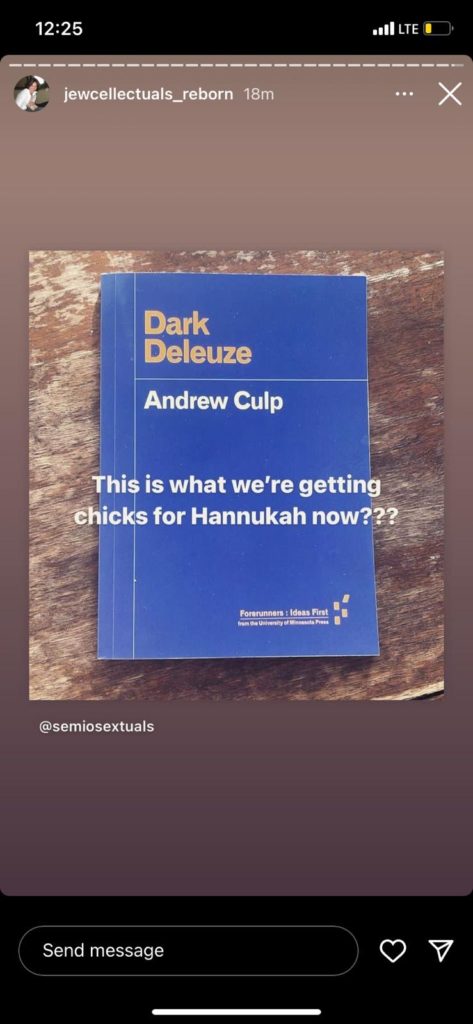
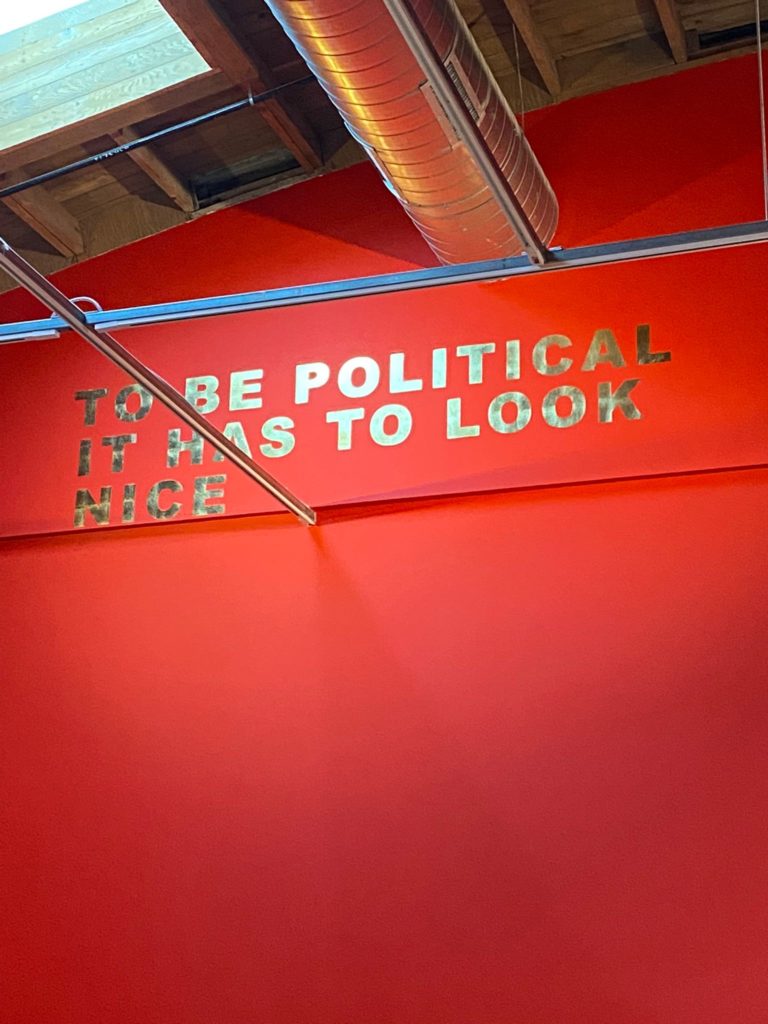
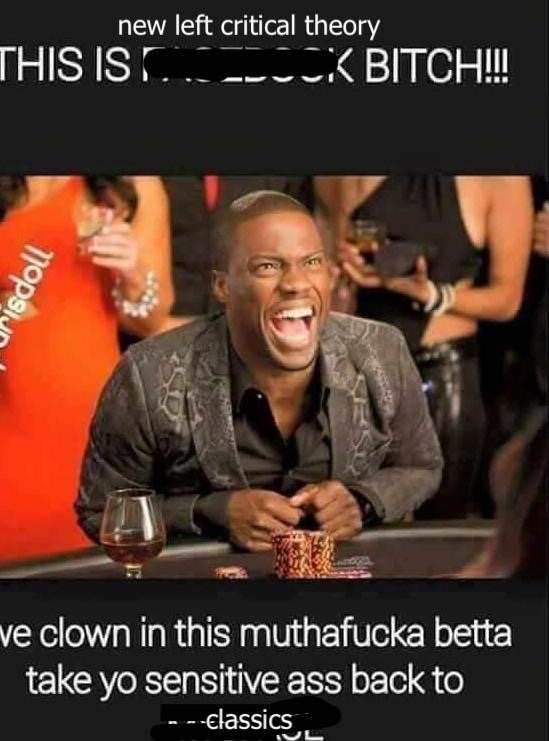
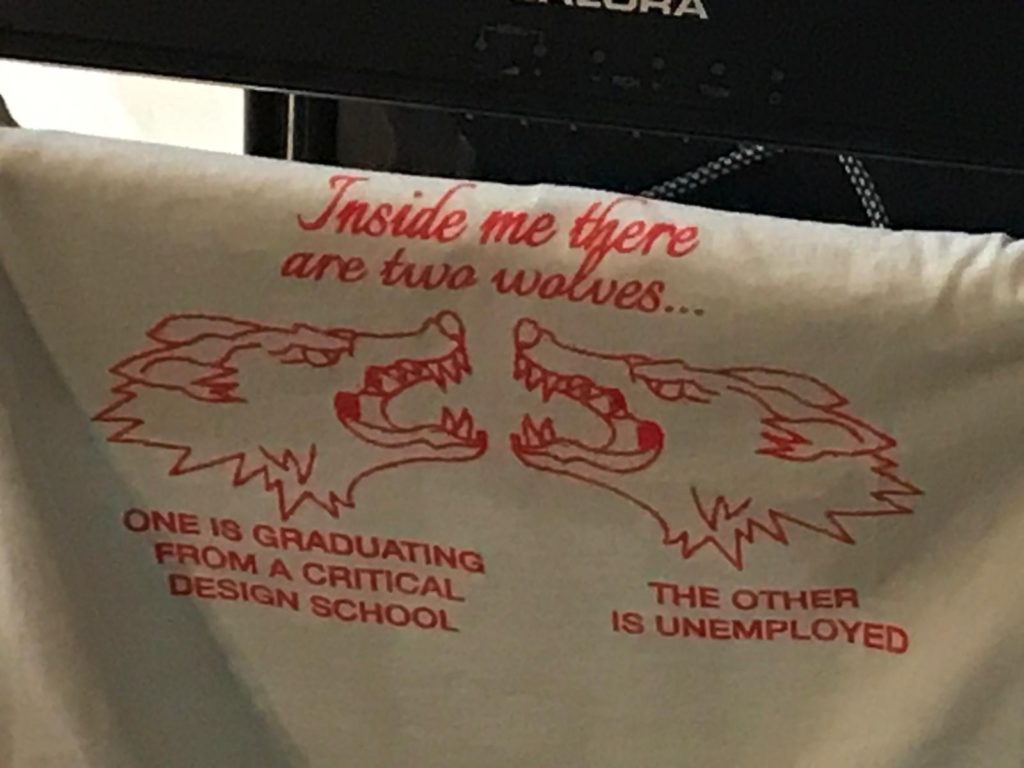
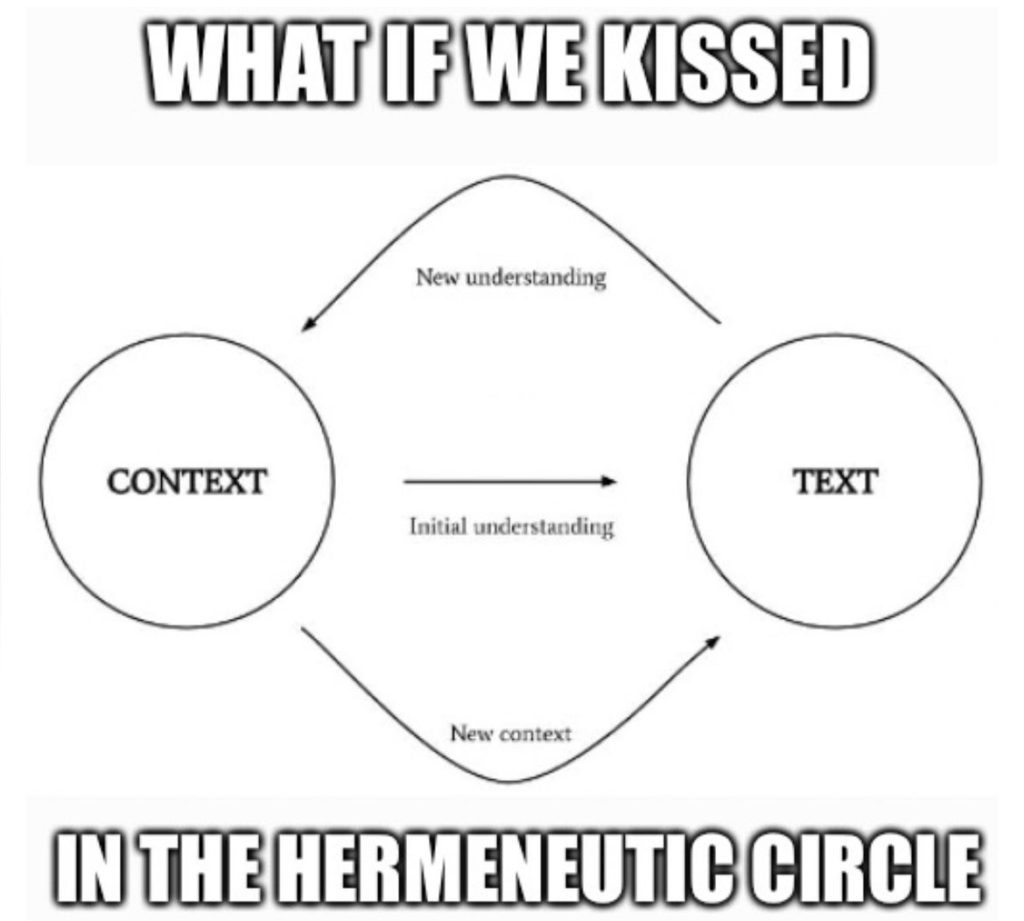

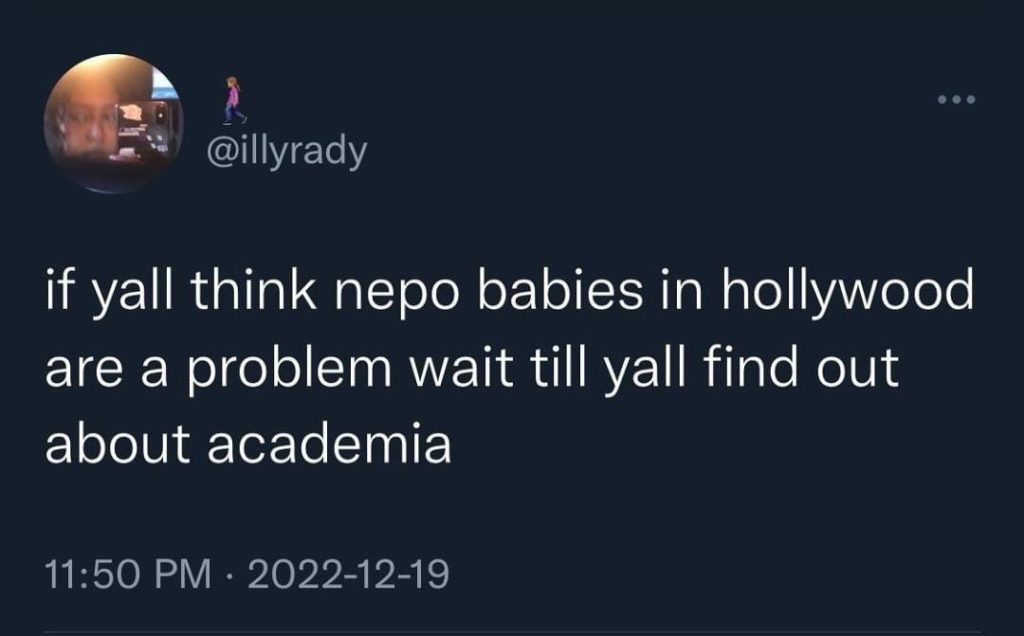
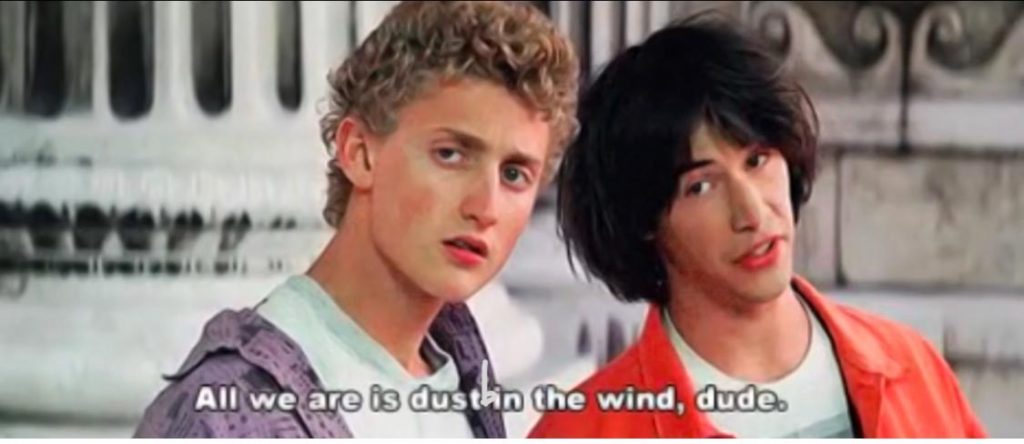



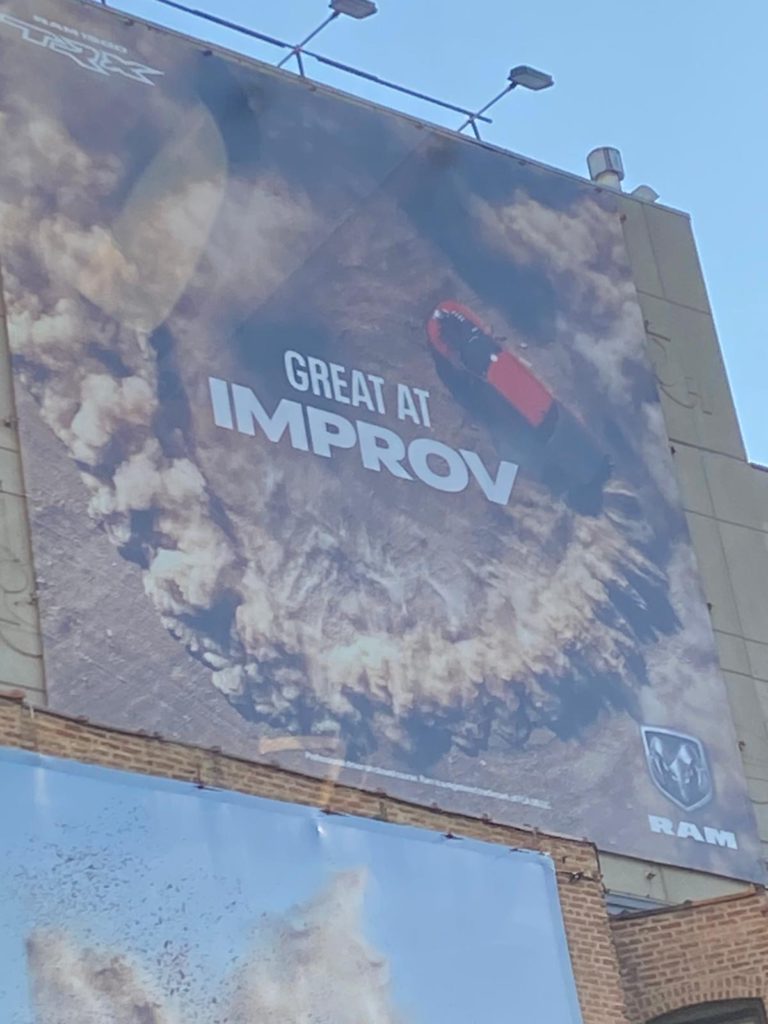
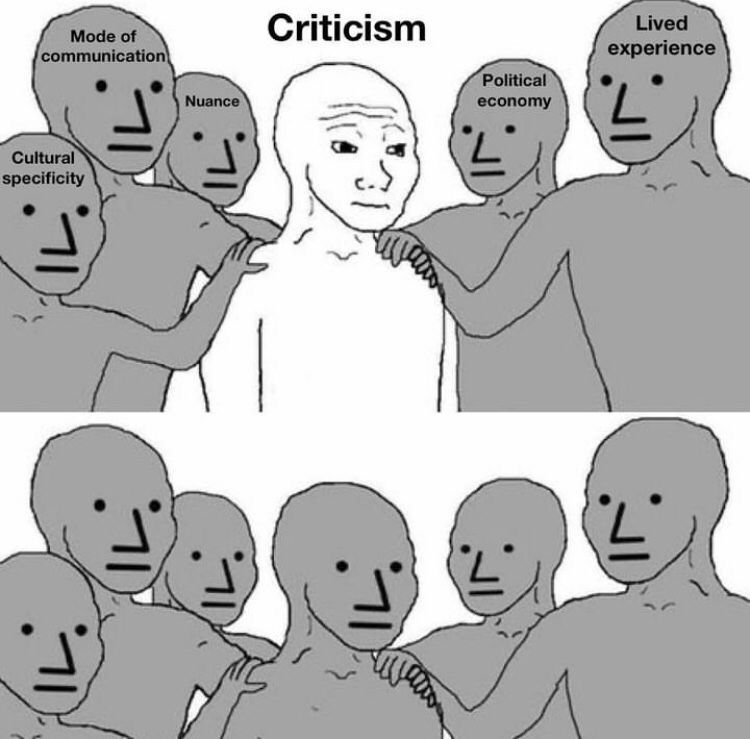
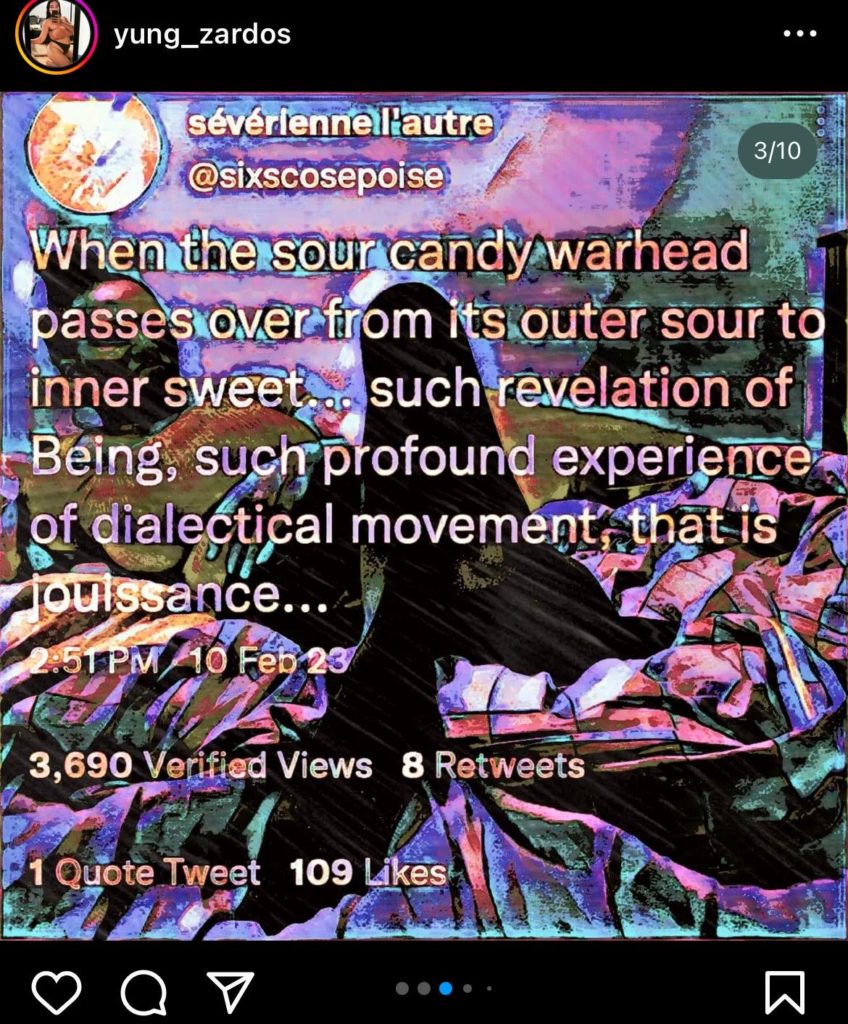
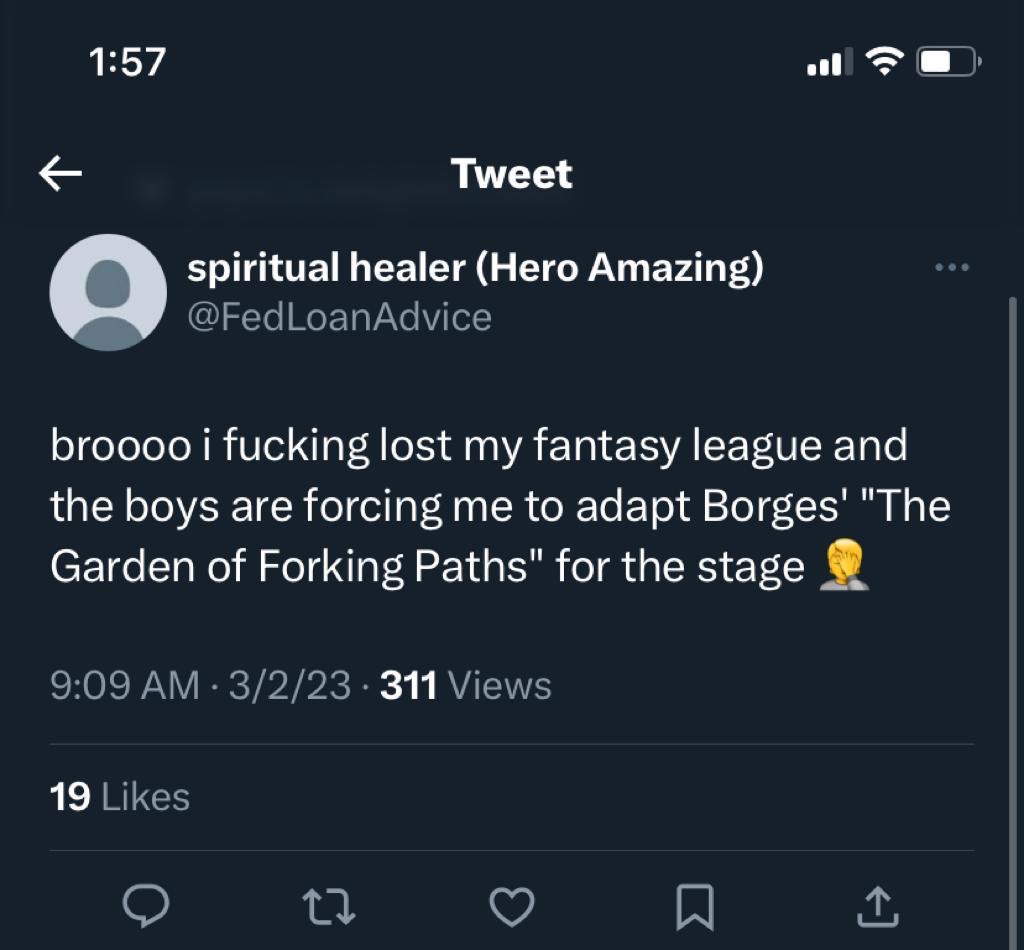
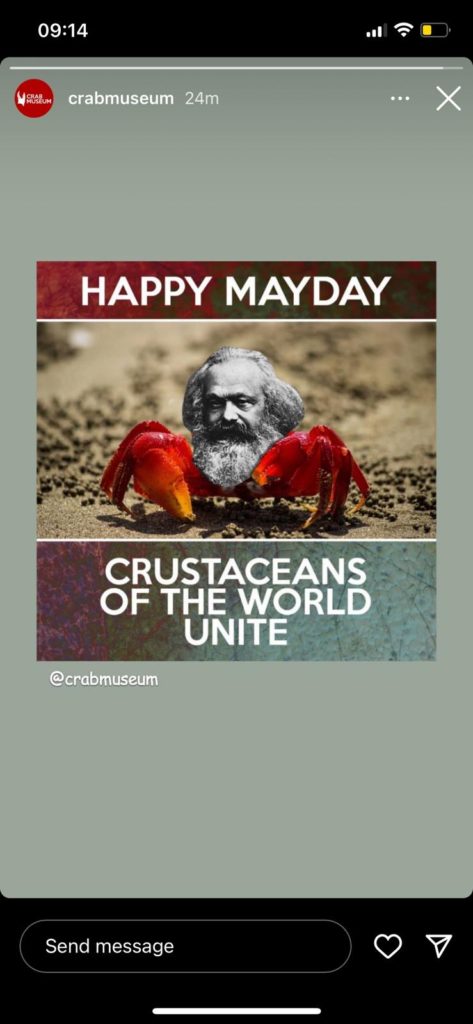


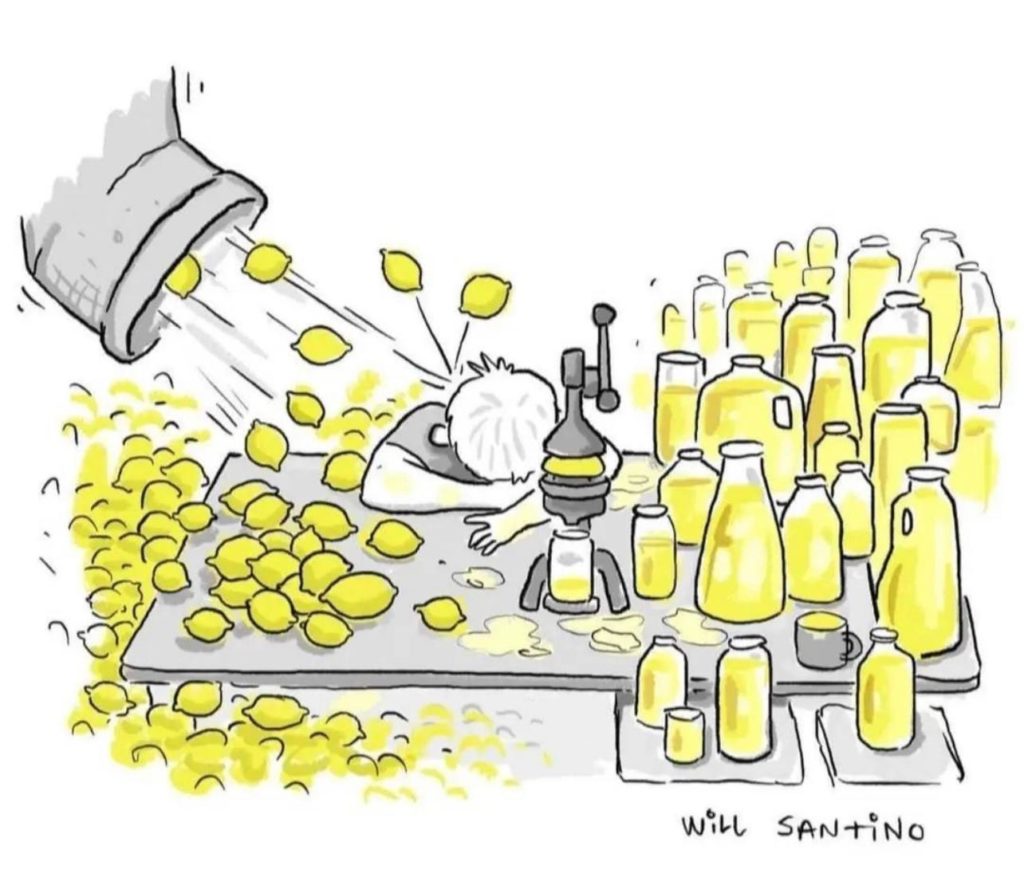
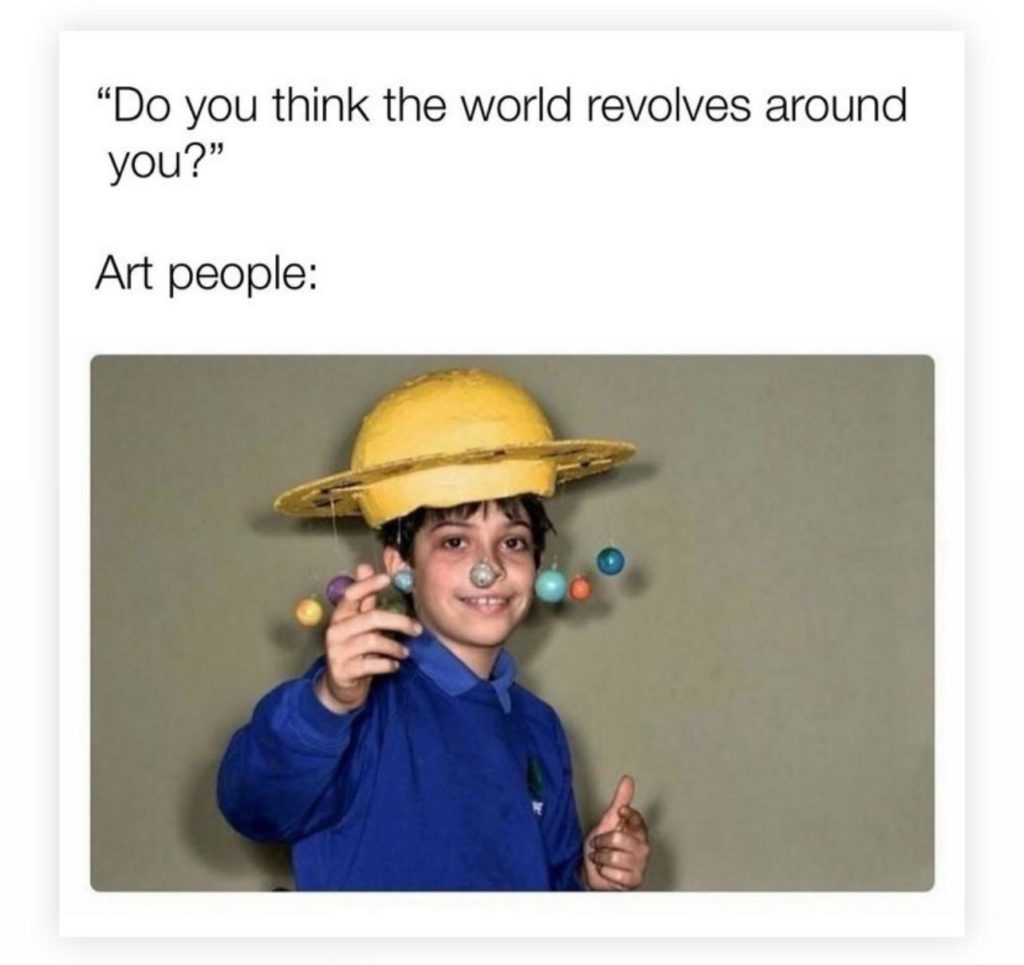
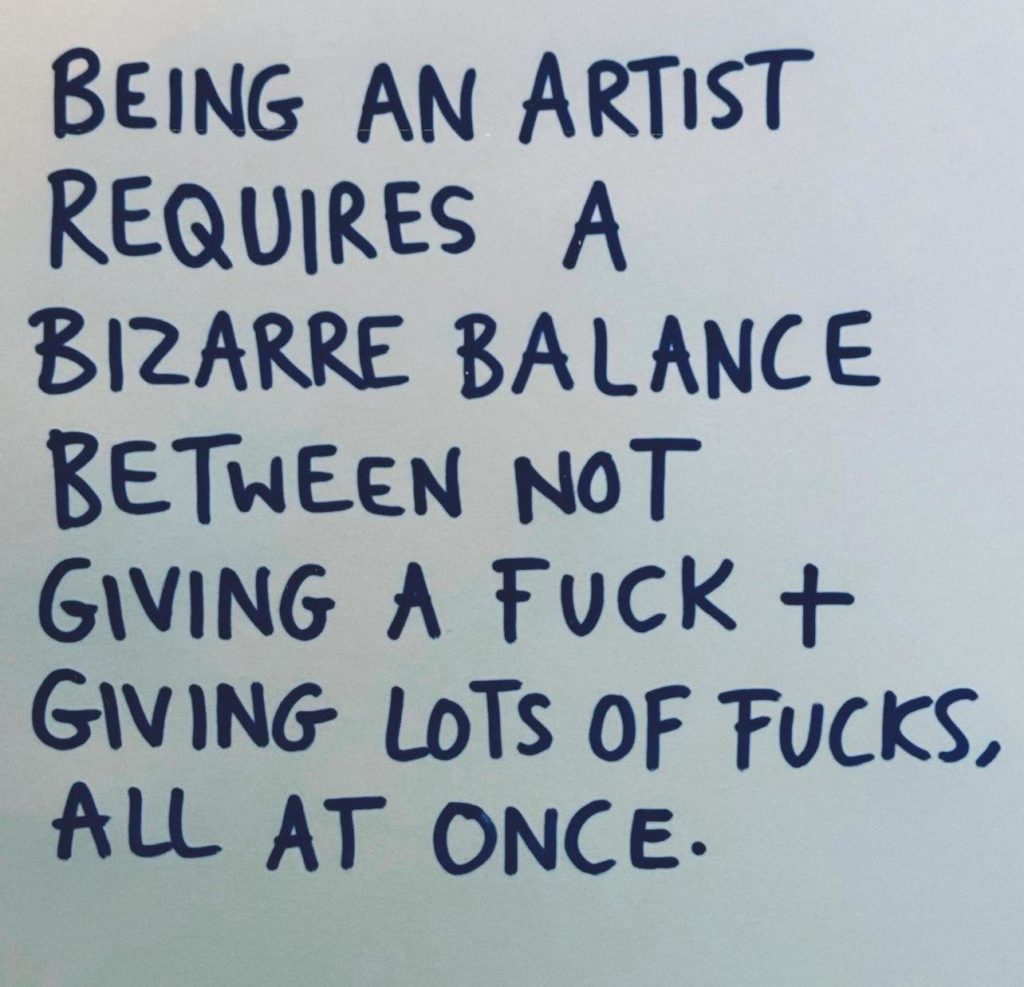

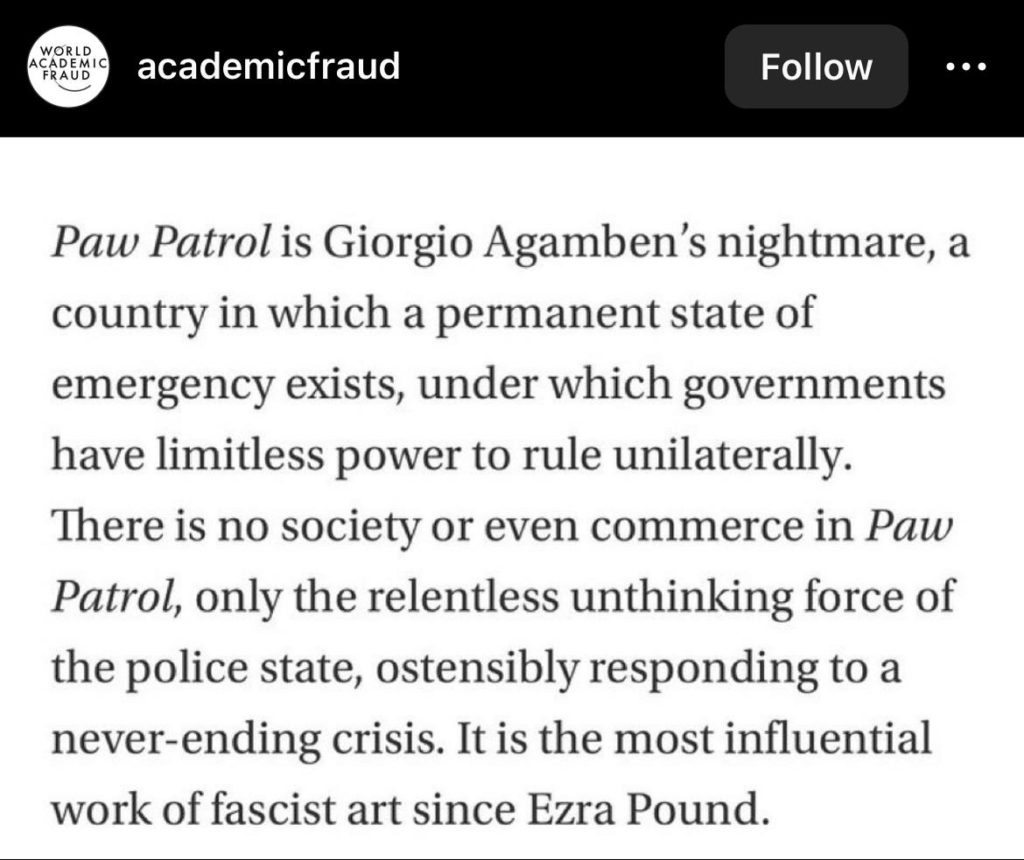
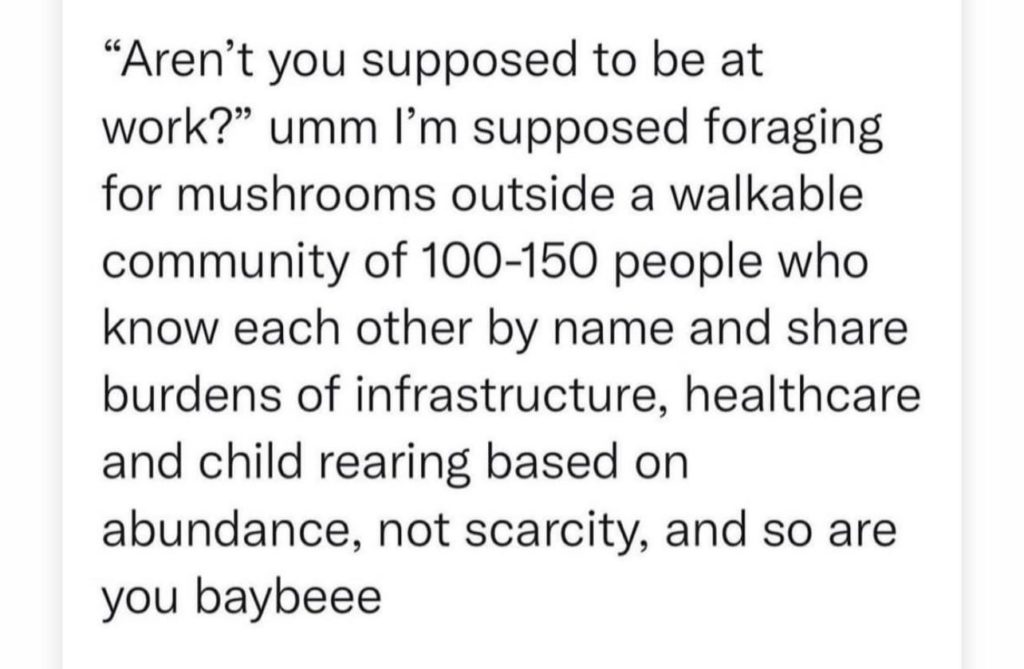

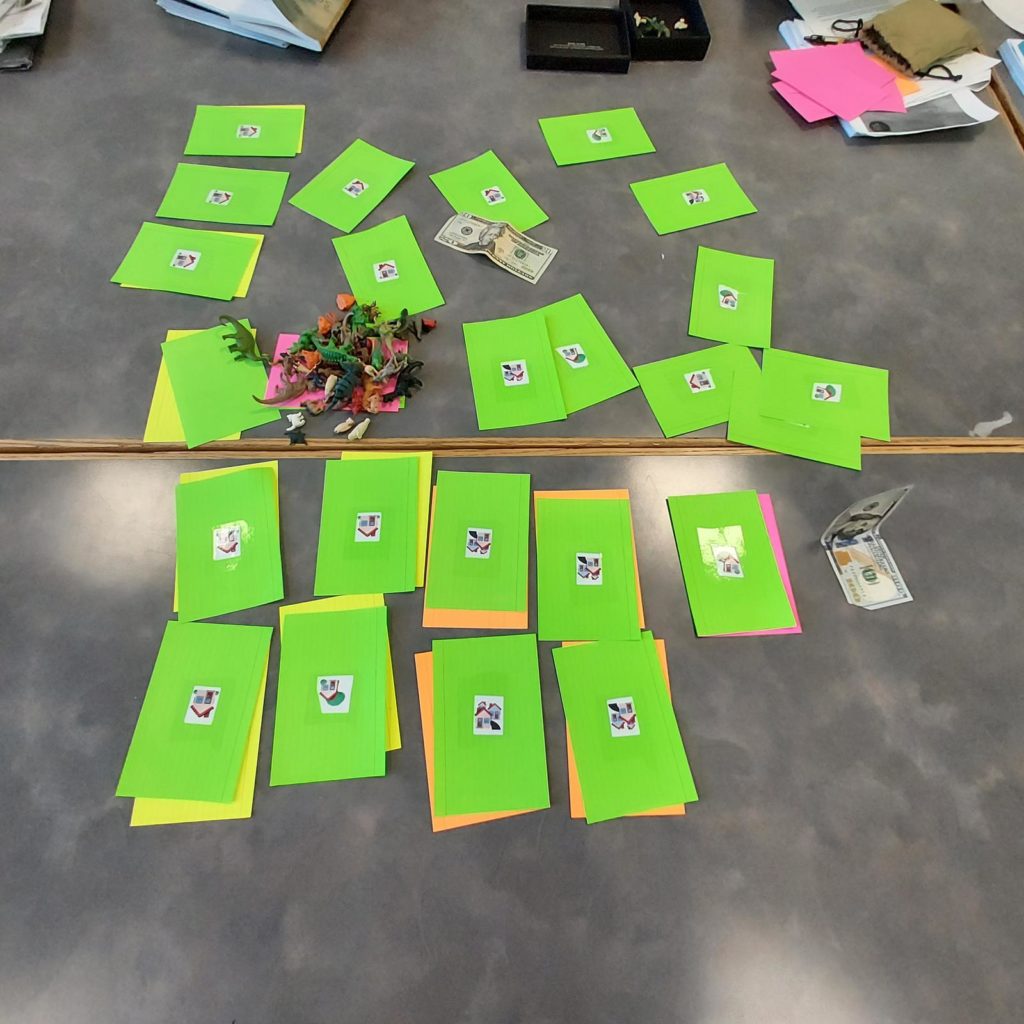
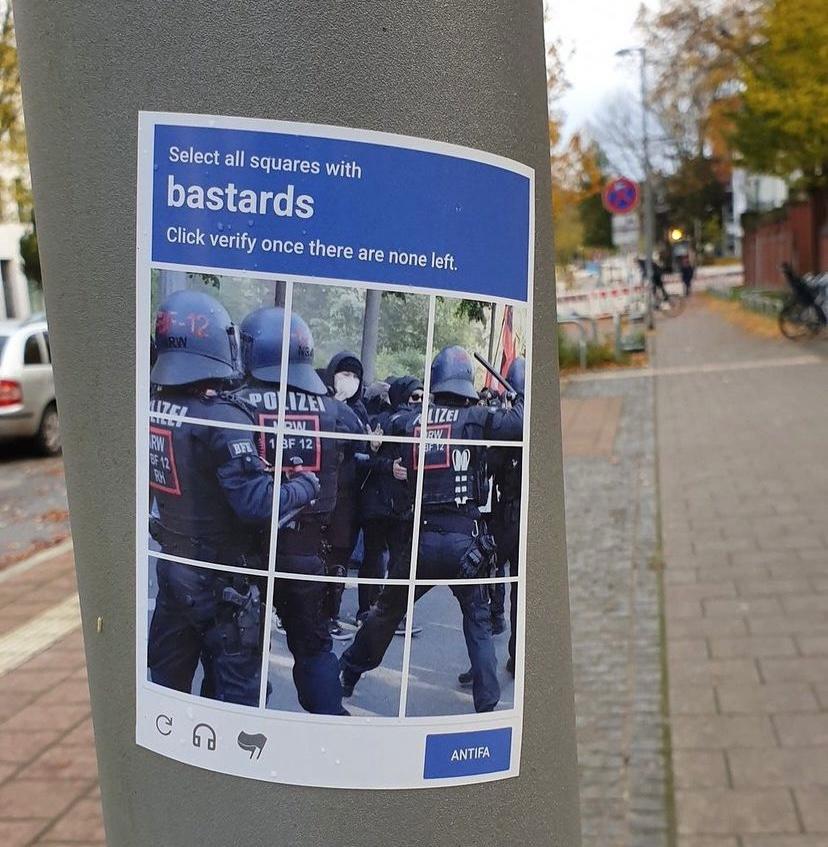
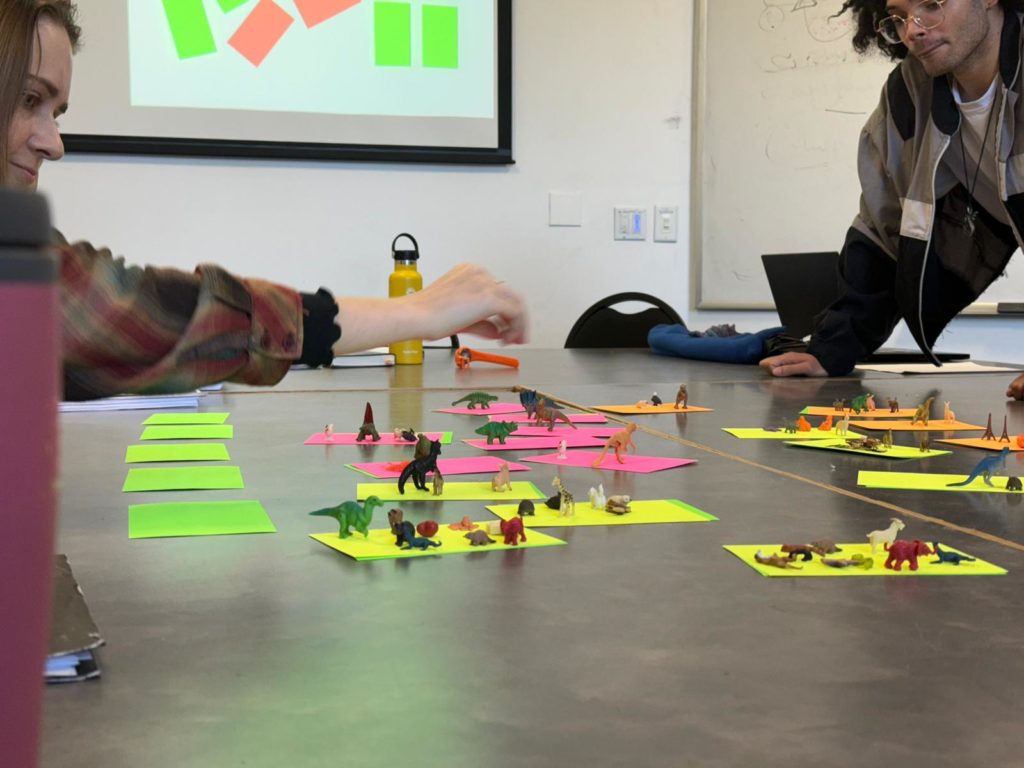
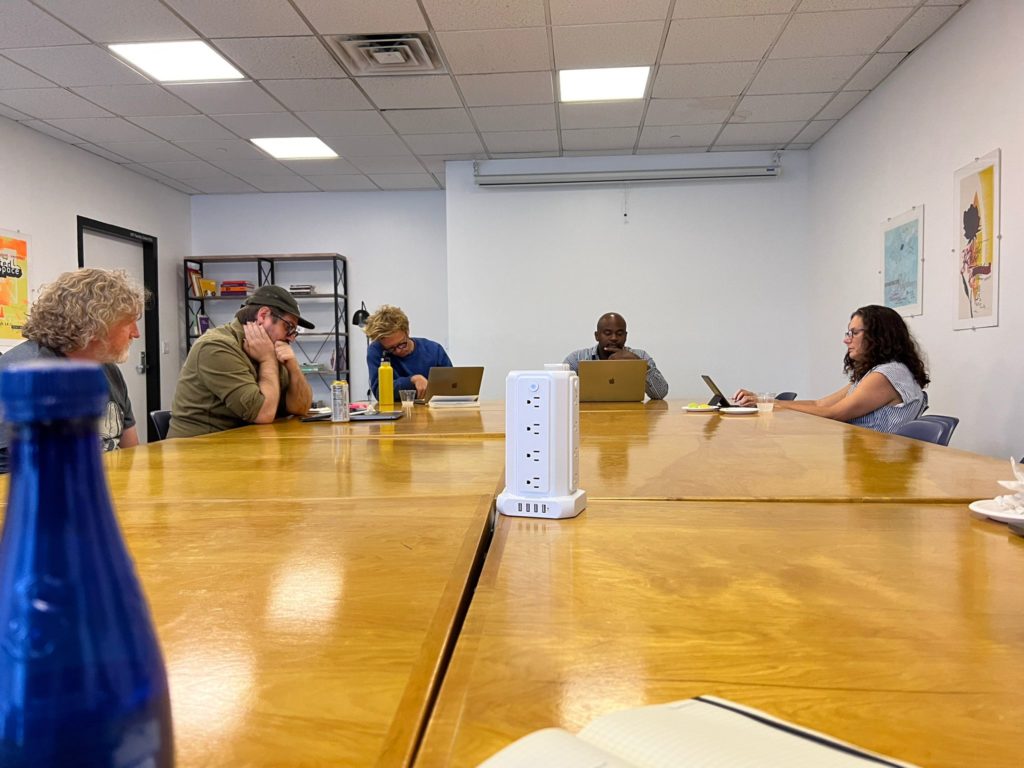
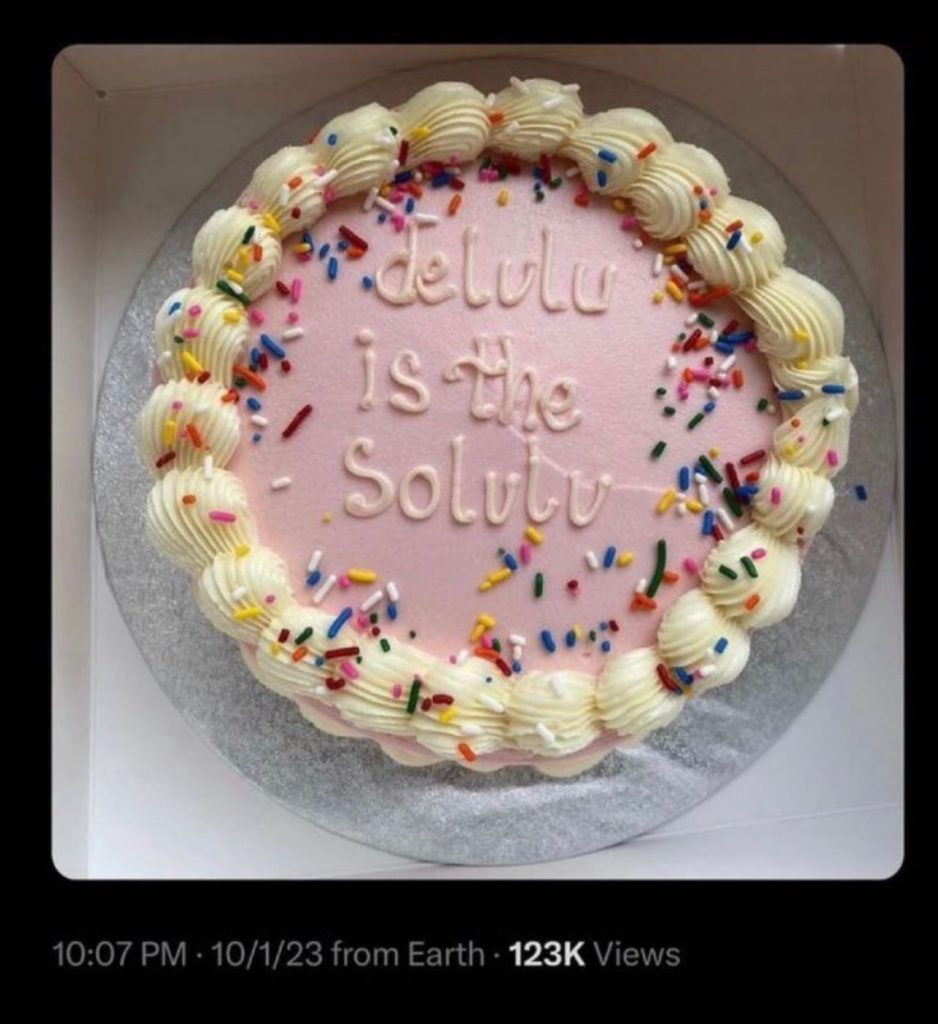
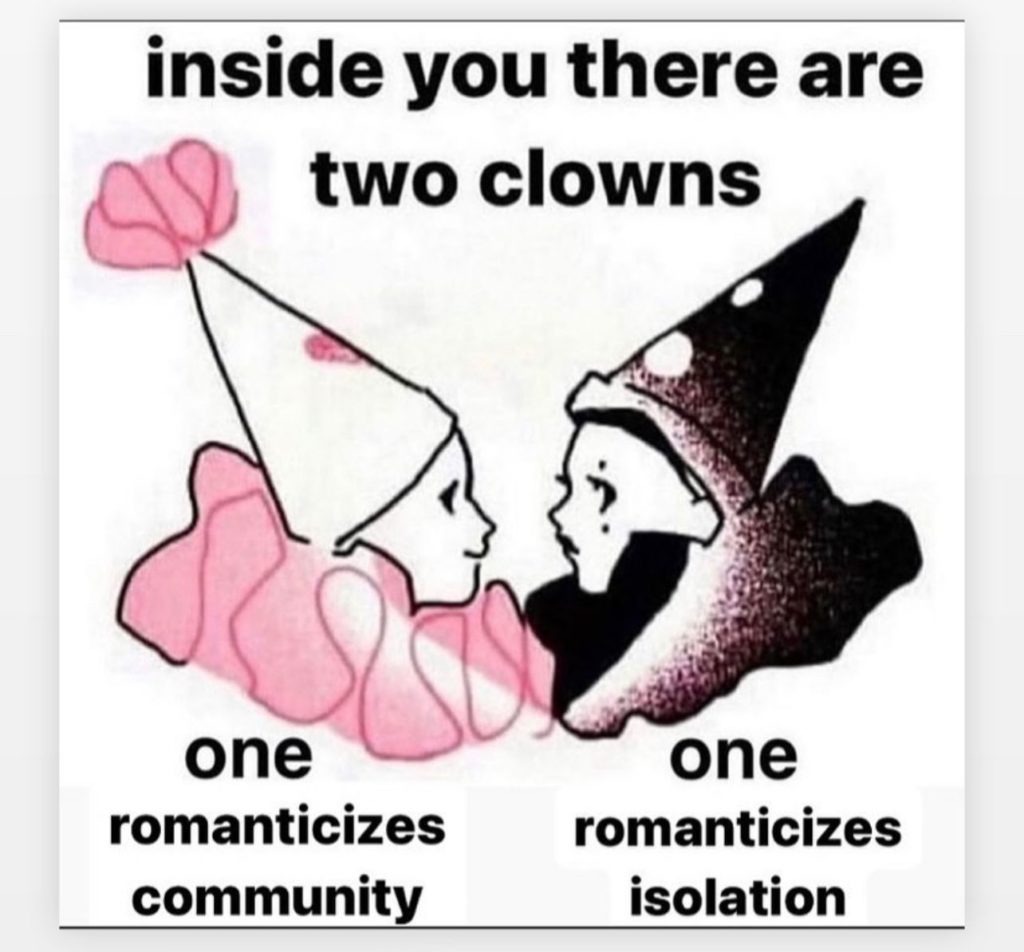
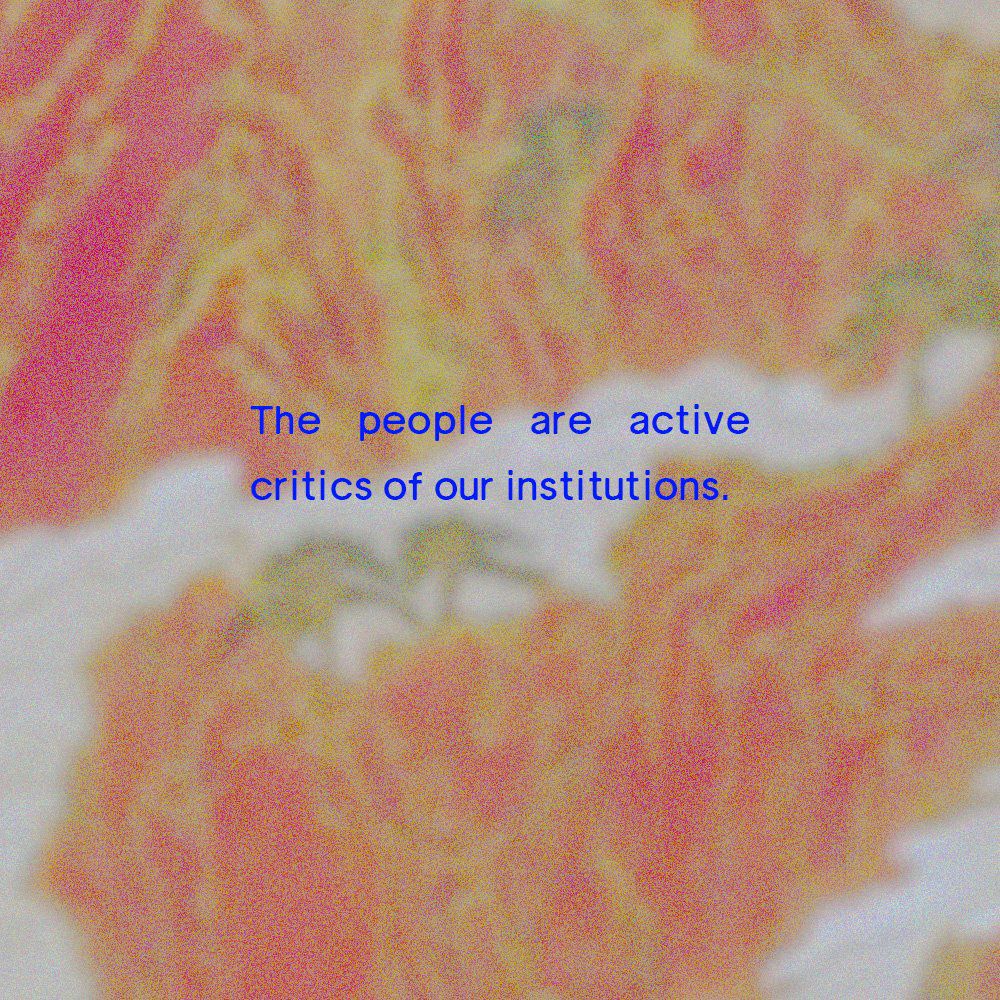

Racial Empathy, Entanglement, and Virtual Reality
The coalition emerges out of your recognition that it’s fucked up for you, in the same way that we’ve already recognized that it’s fucked up for us. I don’t need your help. I just need you to recognize that this shit is killing you, too, however much more softly, you stupid motherfucker, you know?
–Fred Moten and Stefano Harney, The Undercommons
Since 2015, the United Nations Virtual Reality (UNVR) has been making Virtual Reality films that depict vulnerable lives, shown primarily to audiences of “decision makers.” Shown on “high tech headsets,” the films transport the viewer to “another time and place,” where they gain a three dimensional, 360° perspective on “crises that threaten the livelihoods of vulnerable groups such as war, health epidemics and natural disasters, and every day global challenges such as climate change, pollution, and migration.”
For example, the first VR film made by the UNVR was shot in Za’atri Camp, Jordan, December 2014, and follows the life of a twelve-year-old girl named Sidra, who had been living as a refugee in Za’atri camp for over a year at the time of filming. According to the UNVR website, the film, titled Clouds of Sidara, will “generate greater empathy and new perspectives on people living in conditions of great vulnerability,” and “has the ability to inspire the message of hope among not only the millions displaced but also those motivated to act.”
On December 7th, 2018, digital media scholar Lisa Nakamura gave a lecture at the West Hollywood public library titled “Ethnic Studies After the Third Industrial Revolution: Automating Racial Empathy Through Virtual Reality.” Projects such as UNVR are the subject of her interest, as she extends an analysis of technologies that are intended for the teaching and learning of empathy, especially across racial difference, and, as in the case of UNVR, for people living in the wake of disasters, wars and epidemics. The first industrial revolution was characterized by the implementation of technologies that significantly reduced the need for human manual labor; and the second by a reduction in the need for human cognitive labor. The third industrial revolution, to which Nakamura’s title refers, is the implementation of technologies that explore the possibilities for outsourcing affective labor to machines.
While not explicitly stated, the problems that UNVR attempts to address and rehabilitate are the practiced numbnesses (broadly of the dominant social positions of whiteness, wealth and cis, heterosexual masculinity) that produce an empathic incapacity. The ability to put yourself in another’s shoes is accepted implicitly by the UNVR initiative as a necessary step in a linear process toward understanding the subjugated, vulnerable other, and feeling motivated to take action (donate money) to help.
However, as Dr Grace Kyungwon Hong said in her response to Nakamura’s lecture, empathy is dangerous. It is dangerous not because it asks people to imagine themselves otherwise, but because it asks people to imagine themselves as “the same” – equivalent to another. A sociality based on equivalency subtends a colorblind liberalism that shifts focus away from the structural power dynamics that lead to radically differentiated positionalities in relation to the allocation of protections and/or exposures to violence. This differentiation produces and perpetuates the radical ontological vulnerabilities and material inequalities that colonial projects effect. Moreover, the UNVR project relies on an assumption that one person is imaginatively substitutable for another, that humans occupy corresponding, bounded, and therefore independent social and juridical positions. This assumption limits a vision or model of relationality to that which already exists. If we are to move away from structures that produce and reproduce violence, we need to imagine new relational forms. The UNVR project is an attempt to technologically produce the recognition of another’s humanity, and by this logic, provide them with a greater semblance of the rights they ought to have. Human rights discourse requires that people are drawn into the conditional frameworks of a juridical order, which normalizes discursive structures such as the victim-perpetrator model, the manipulation and weaponization of innocence, and is ultimately constituted by strategic dehumanization and state-sanctioned and murder.
The incitement of empathy in the guiltily privileged is, of course, not new. Charities and NGOs use images and language in their announcements and commercials to persuade us to donate. These usually involve a synthesis of factors designed to appeal to an imaginary formed out of complacency, ignorance and a distance from the conditions depicted. The combination is familiar and often formulaic: a graphic demonstration of the physical, psychical and/or infrastructural effects of disaster (often through the perspective of an extra-innocent, extra-vulnerable child); an affirmation of the dignity, resilience, and work ethic of the “victims;” and the reassuring promise of restoration or cure. These appeals to guilt are based in commercial frameworks. Donate, feel better, and then get the rights to one-up your friends because you’re doing your bit. The result is a circular entrenchment of a producer-consumer, victim-saviour power dynamic. Empathy produces a re-affirmation of a sense of self based in superiority and the reenforcement of the relational separation between the donor and the subjects of their substitutional identification.
Given this need to go beyond the limits of an empathic imaginary, rather than asking “why we can’t feel the right feelings on our own?” or wondering how we can learn to feel in a way that leads us toward “action,” perhaps the question should be: do we really need to access and understand the point of view of another to avoid unmitigated violence and resource extraction? Besides, as Nakamura pointed out in her lecture the affective response to the vicarious experience of another’s suffering as likely to be one of sadistic pleasure as heartbroken empathic identification. The consumption of the suffering of the other creates a violently appropriative relation between the spectator and the “decision-maker” wearing the headset.
So instead of focussing on empathy or its lack, and assuming that human experience is communicable to the point of being consumable and assimilable through media, what if we were to accept the fundamental difference and opacity of all bodies, moving beyond empathy into a different imaginary? What shifts would result from ending the assumption that imagining ourselves in another’s position would improve their situation?
While I am wary of making recourse to english etymology as a way to make a claim about the limits of existing tools for thinking beyond the limits of our colonial imaginary, I have found it useful to unpack the definition of virtual reality. “Virtual,” is defined as artificial, not real, or simulated, so, obvious though this might seem, virtual reality is an oxymoron that requires a suspension of disbelief, even on a discursive or conceptual level. However, “virtual” might also mean almost, effectively, or near enough. Almost reality is different to the notion of simulated reality, and this overlooked or elided difference might be a useful way to link the notion of virtuality to the economic, appropriative nature of the technology, as well as way to connect with theories that gesture toward new ways of relating not based in the impulse to locate and identify (with) an other. VR’s usage for the purposes of providing safe experiences of suffering to those who would not otherwise understand it dramatizes the slippage between these two ideas: the elision of the almost and the not real creates another oxymoron that asks to be accepted as the viewer attempts to experience another’s reality. The fundamental insufficiency of the technology and the perpetual impossibility of grasping the position of the other is suspended as simulation is regarded as enough.
The idea that something can be enough at all implies a prefigured ideal which comes to be adequately satisfied, so the possibility of enoughness requires a defined or evaluated capacity that can be filled. In an economic sense, the “decision maker” who gets to wear the headset might be moved to compensate for others’ vulnerability. Their movement is transactional and completable. It it based on a principle of exchange that, as Nakamura said in her talk, puts the Other, or Undercommons, to work: their precarious lives provide the content that might allow wealthy spectators to overcome the limitations of their capacity to understand.
In this framework, Understanding is founded in an apprehensive, grasping and colonial logic. Denise Ferriera da Silva writes in her essay “On Difference Without Separability“:
…the available critical tools cannot support an ethico-political intervention capable of undermining cultural difference’s capacity to produce an unbridgeable ethical divide. That is, they cannot effectively interrupt deployments of otherwise unacceptable total violence onto those placed on “the Other” (cultural) side of humanity. Why? Because they also rehearse the modern text’s scientific imaging of the World as an ordered whole composed of separate parts relating through the mediation of constant units of measurement and/or a limiting violent force.
In terms of the ethical project that UNVR is attempting to fulfill, da Silva outlines that Understanding, which is analogous to the assumption that one can truly occupy another’s shoes, is based on two main principles, which are based in an Enlightenment program. The first, separability, refers to the supposition that knowledge is limited to things that are conceivable by the senses and categorizable in terms that might be translated. Under this principle, what is inconceivable becomes irrelevant. The second, related, notion, determinacy, relates to the role of “formal constructs” that are regarded as necessary to define and make sense of that which the senses apprehend. Against the resulting assumption that identities are analogous (under a framework of human rights, each person ostensibly occupies an equal unit) and that they are parts of a whole that can be conceived as juridically, spatially and temporally ordered, da Silva proposes the imagining of an “Entangled World.” She writes:
What if, instead of the Ordered World, we imagined each existant (human and more than human) not as separate forms relating through the the mediation of forces, but rather as singular expressions of each and every other existant as well as of the entangled whole in/as which they exist?
The idea of entanglement is from particle physics, and relates to the spatial proximity of particles such that each one is dependent on the others, and the system can only be expressed in terms of a whole; objects may only be described in relation to one another. If we understand existence in terms of entanglement, then we undermine the notion that bodies and objects are locatable and separable at all, and therefore retain something of the virtual, of the excess that is ungrasped. In contrast to thinking the notion of the virtual as closed or “enough,” da Silva uses the concept of virtuality to discuss the impossibility of understanding in terms of determinacy and separability. To restrict reality to phenomena, she writes, is to reduce, and this reduction reproduces existing forms of relations that dominate and exclude. Estrangement, based in the perpetual nonfulfillment of the implicit expectation that apprehension is possible, is the inevitable consequence of difference in terms of separability. But da Silva asks us to imagine Entanglement on a social level. What happens when we conceive of our existence as fundamentally non locatable, non separable and uncertain? Only a shift away from the impulse to apprehend the world, extract from it the information that we need, and discard the rest, or as da Silva puts it “the end of the world as we know it,” will undermine the production of strangeness, and fix and locate bodies as others, making humans distinct in terms of their position in relation to dominant modes, languages and scales.
*
In her response to Nakamura, Dr. Hong quoted Robin D.G. Kelly, from his book Freedom Dreams: The Black Radical Imagination:
Too often, our standards for evaluating social movements pivot around whether or not they “succeeded” in realizing their visions rather than on the merits or power of the visions themselves. By such a measure, virtually every radical movement failed because the basic power relations they sought to change remained pretty much intact. And yet it is precisely these alternative visions and dreams that inspire new generations to struggle for change.
Kelley writes that according to a scale that measures in terms of the realization of the desired change in power relations, then social movements will almost always be seen to fail, or never be enough. However, looking beyond or outside a scale based in calculable, realized “actualities” allows us to pay attention instead to the the radical imaginaries that they produce. Perhaps the acknowledgement of the virtual (in a similar sense that Kelley uses it here, as not all, or not completely) makes space for comfort with a fundamental unknowability.
In terms of acceptance of difference without the impulse toward equivalence does not mean that we should stop trying to communicate across difference, form coalitions, share resources and knowledges. However, accepting our social condition as fundamentally entangled, which might be seen as analogous to Moten and Harney’s “this shit is killing you, too,” or the Austrailian Aboriginal Activists’ group’s “if you have come because your liberation is bound up with mine, then let us work together” might be to undermine the impulse to violently apprehend, exclude or consume the other.
